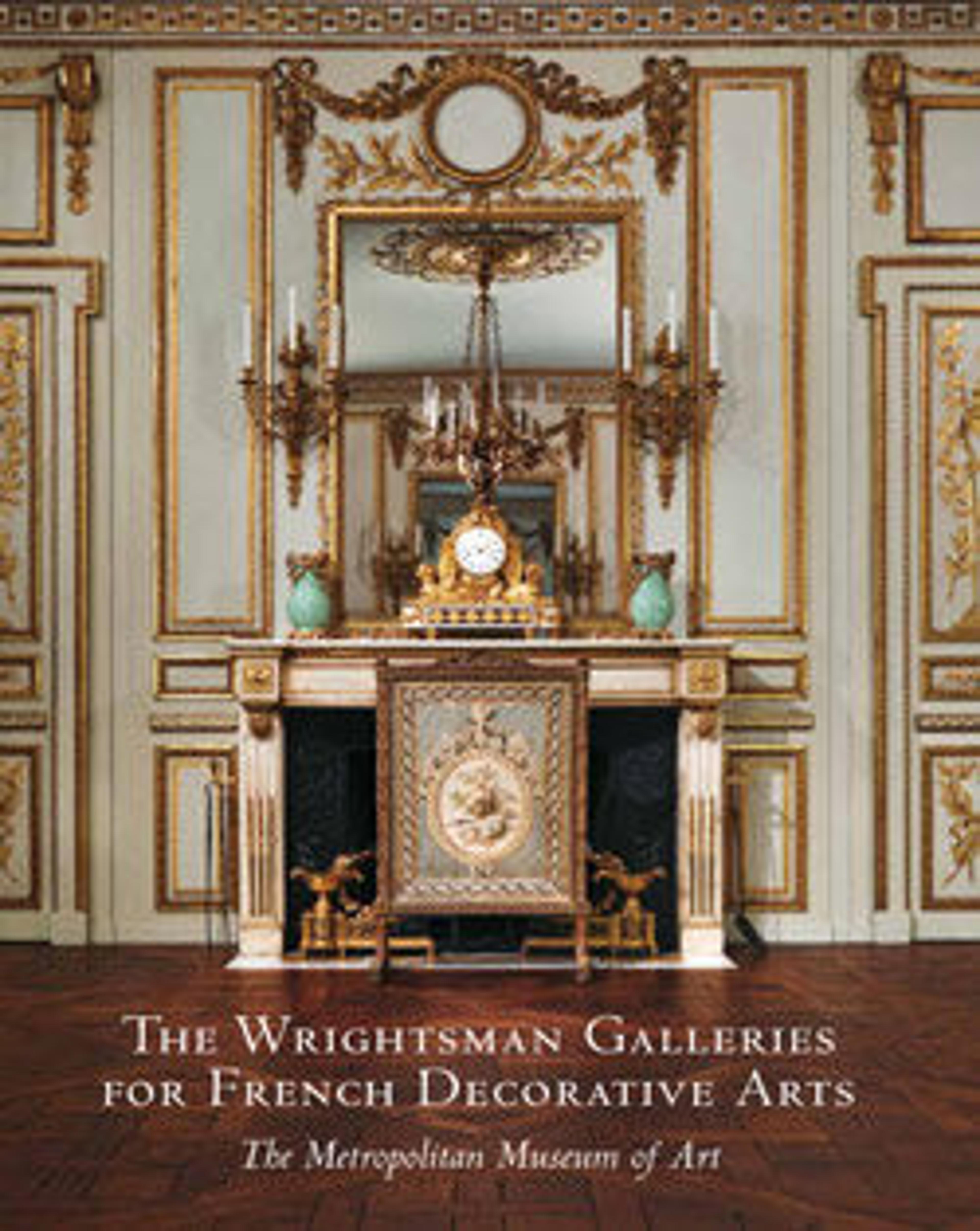Twenty-four-light chandelier (lustre) (one of a pair)
Numerous entries in the account book for the period 1748–58 of the marchand-mercier Lazare Duvaux show that he not only sold, shipped, and installed chandeliers but also took them apart for cleaning or repairs and reassembled them afterward. At times Duvaux would also provide crystal drops, finials, and globes to replace missing ones or mend those that were broken. This may explain why the late eighteenth-century frames of this magnificent pair of chandeliers incorporate earlier crystal pendants in their design. Arranged in three tiers, ropetwisted candle arms alternate with inward-scrolling branches decorated with acanthus leaves, stylized seedpods, and crystal finials. The elaborate model further includes gilt-bronze chains with crystal beads as well as a profusion of crystal drops and balls raining down from the umbrella-shaped row of arms near the top and from the multiple branches below. The splendid impression such fixtures created when lit did not escape the baronne d'Oberkirch. Describing a concert held in May 1782, during the visit of Grand Duke Paul of Russia and his duchess, Maria Feodorovna, to Versailles, she noted particularly that "the palace was all brilliantly illuminated, as on days of high ceremonial. A thousand chandeliers were suspended from the ceilings, and candelabra holding forty candles each were placed on top of the console tables. . . . Nothing can express this splendor and opulence."
Artwork Details
- Title:Twenty-four-light chandelier (lustre) (one of a pair)
- Date:ca. 1790
- Culture:French
- Medium:Gilt bronze, rock crystal
- Dimensions:H. 62 x W. 45 in. (157.5 x 114.3 cm)
- Classification:Metalwork-Gilt Bronze
- Credit Line:Gift of Mr. and Mrs. Charles Wrightsman, 1971
- Object Number:1971.206.40
- Curatorial Department: European Sculpture and Decorative Arts
More Artwork
Research Resources
The Met provides unparalleled resources for research and welcomes an international community of students and scholars. The Met's Open Access API is where creators and researchers can connect to the The Met collection. Open Access data and public domain images are available for unrestricted commercial and noncommercial use without permission or fee.
To request images under copyright and other restrictions, please use this Image Request form.
Feedback
We continue to research and examine historical and cultural context for objects in The Met collection. If you have comments or questions about this object record, please contact us using the form below. The Museum looks forward to receiving your comments.
